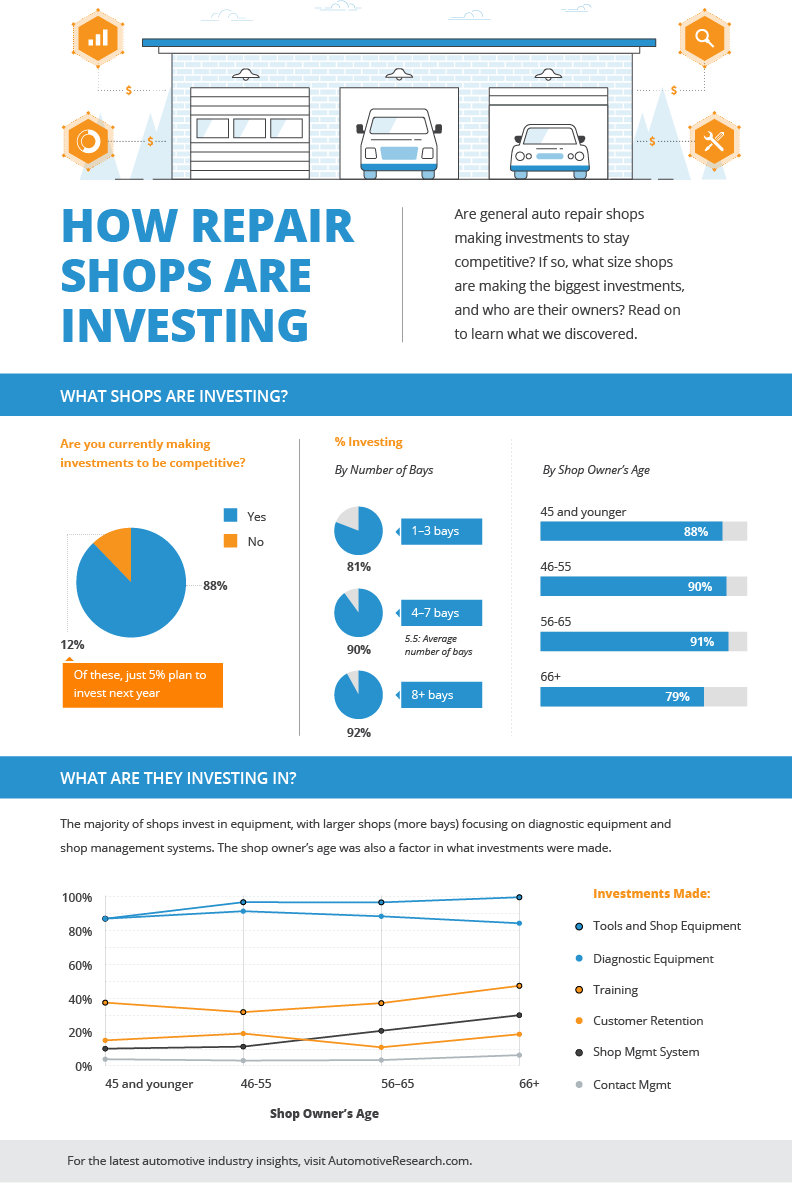Eager To Know What The Control Panel Caution Lights In Your Automobile Signify? Explore Their Meanings For The Wellness And Security Of Your Vehicle
Eager To Know What The Control Panel Caution Lights In Your Automobile Signify? Explore Their Meanings For The Wellness And Security Of Your Vehicle
Blog Article
Material By-Termansen Winters
When you're behind the wheel, those beautiful warning lights on your dashboard can be a bit puzzling. Do you recognize what they're trying to inform you regarding your car's health? Understanding the importance of these lights is vital for your security and the durability of your vehicle. So, the next time among those lights pops up, wouldn't you want to analyze its message accurately and take the needed steps to address it?
Common Caution Lighting and Interpretations
Recognize usual warning lights in your car and recognize their significances to guarantee secure driving.
The most typical caution lights include the check engine light, which indicates concerns with the engine or discharges system. If this light begins, it's critical to have your vehicle examined quickly.
https://ecutuninggroup40628.dsiblogger.com/64113078/realizing-the-relevance-of-your-automobile-s-warning-signals-what-they-really-represent warning light indicates low oil stress, needing prompt attention to avoid engine damage.
A blinking battery light may recommend a malfunctioning billing system, possibly leaving you stranded otherwise resolved.
The tire stress surveillance system (TPMS) light notifies you to reduced tire pressure, affecting vehicle security and fuel efficiency. Overlooking this could lead to hazardous driving conditions.
The abdominal muscle light indicates a problem with the anti-lock stopping system, jeopardizing your capacity to stop quickly in emergency situations.
Last but not least, the coolant temperature level warning light warns of engine getting too hot, which can lead to severe damages if not settled promptly.
Comprehending continue reading this will help you attend to concerns quickly and preserve secure driving problems.
Value of Prompt Attention
Comprehending the typical caution lights in your auto is just the first step; the relevance of immediately dealing with these cautions can't be emphasized sufficient to ensure your security when driving.
When a warning light illuminates on your dashboard, it's your car's method of communicating a prospective issue that requires interest. Disregarding these cautions can cause more extreme issues in the future, compromising your security and potentially costing you more out of commission.
https://brakes49494.blog-eye.com/31313555/get-ready-for-an-enlightening-journey-right-into-the-exceptional-auto-repair-service-facilities-that-will-transform-the-means-you-keep-your-vehicle to alerting lights can stop failures and crashes. As an example, a blinking check engine light might indicate a misfire that, if left ignored, could cause damages to the catalytic converter. Resolving this without delay can save you from a pricey repair work.
In a similar way, a brake system alerting light could signify reduced brake fluid or used brake pads, vital components for your security when driving.
Do It Yourself Troubleshooting Tips
If you observe a caution light on your dashboard, there are a couple of do it yourself troubleshooting pointers you can attempt prior to seeking expert help.
https://tire-service-near-me28405.blogscribble.com/31272357/journey-into-the-globe-of-professional-vehicle-describing-with-exclusive-insights-from-a-specialist is to consult your car's manual to comprehend what the certain warning light shows. Often the issue can be as straightforward as a loosened gas cap activating the check engine light. Tightening the gas cap may fix the issue.
An additional typical concern is a reduced battery, which can set off numerous advising lights. Checking the battery connections for corrosion and guaranteeing they're safe and secure might repair the problem.
If a warning light lingers, you can try resetting it by disconnecting the cars and truck's battery for a few mins and after that reconnecting it. Additionally, inspecting your lorry's fluid levels, such as oil, coolant, and brake liquid, can assist troubleshoot cautioning lights related to these systems.
Verdict
To conclude, understanding your auto's warning lights is necessary for maintaining your automobile running smoothly and securely. By immediately resolving these alerts and knowing what they suggest, you can prevent pricey repair services and potential failures.
Remember to consult your vehicle's manual for specific information on each cautioning light and act accordingly to make sure a hassle-free driving experience.
Stay notified, remain safe when driving!
